Champagnede Venoge

The history of champagne de venoge The history of champagne de venoge
Since 1837 Since 1837 Since 1837 Since 1837
1837
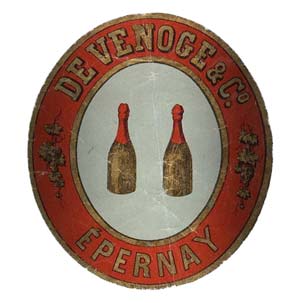
Henri-Marc de Venoge
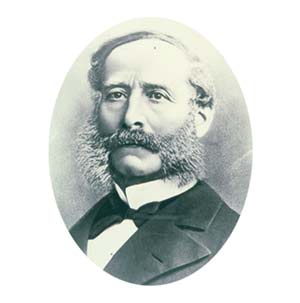
The story of the house begins in Switzerland in 1825 when Henri-Marc de Venoge decides to leave his native canton of Vaud (his surname is directly linked to the Venoge river, a tributary of the Rhône that flows into Lake Geneva) to settle in Mareuil-sur-Aÿ. He set up a wine business, and among the products he sells is “sparkling wine from Champagne”. Seeing the success of this effervescent wine, he decided to create his own Champagne house in 1837, called “De Venoge & Cie,” and moved to Rue Lochet in Épernay. The following year, he created the first illustrated label in the history of Champagne.
With a strong commercial instinct, Henri-Marc de Venoge adapts his labels to his clients’ demands or to specific events. In 1845, his son Joseph de Venoge took over. Under his direction, the house adopted the Cordon Bleu as its symbol, representing both the Venoge river and the Order of the Holy Spirit, the most famous chivalric order of the French monarchy.
0
YEARS OF HISTORY
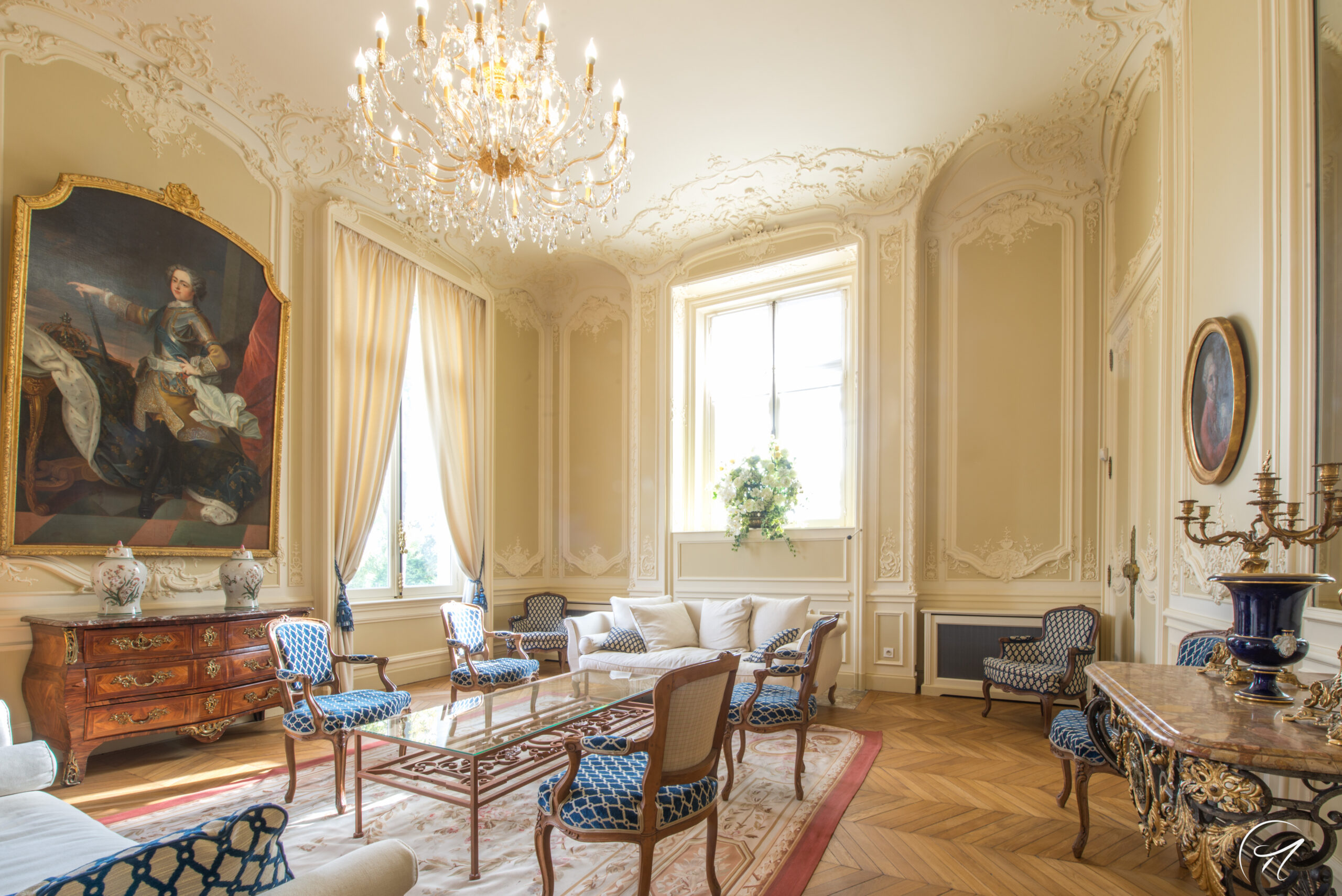
Luxury and the art de vivre Luxury and the art de vivre Luxury and the art de vivre
Since 1837 Since 1837 Since 1837 Since 1837
1876
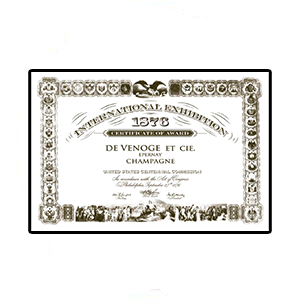
Gaëtan de Venoge
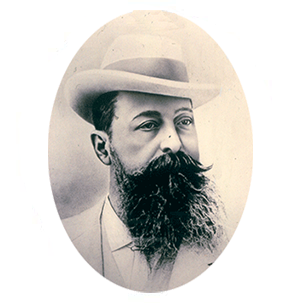
In 1866, Gaëtan de Venoge, son of Joseph, took over the presidency of the house from his father. This great lover of art, also endowed with a certain flair for business, will spectacularly develop Champagne sales for export, particularly to the United States. In 1876, the De Venoge house won the Grand Prize of Excellence at the Philadelphia Universal Exhibition. Now firmly established in the Champagne landscape, De Venoge was one of the founding houses of the Syndicat des Grandes Marques de Champagne in 1882, a new organization aimed at defending the quality and reputation of the wines of the region.
In 1898, as the European high society of the end of the century was fond of Champagne, Yvonne de Venoge, daughter of Gaëtan and her husband the Marquis Adrien de Mun also contributed to amplifying the prestige of the brand: the actress Sarah Bernhardt became one of the most famous fans of De Venoge Champagnes.
Although changing management , the house remained in the family until 1958. It then passed into the hands of different owners and in 1998, it joined the Boizel Chanoine Champagne group. In 2002, Gilles Morisson de la Bassetière became the general manager of the Champagne house, contributing to strengthening its reputation and evolving its range —for example, through the launch of the Louis XV cuvée, paying tribute to the French king who allowed only Champagne wines to be marketed and transported in bottles.
The move in 2015 to the Villa Gallice at 46 Avenue de Champagne in Épernay was another bold idea from Gilles Morisson de la Bassetière, which definitively elevated the De Venoge house to a dimension of luxury and art de vivre, in line with its prestigious history.
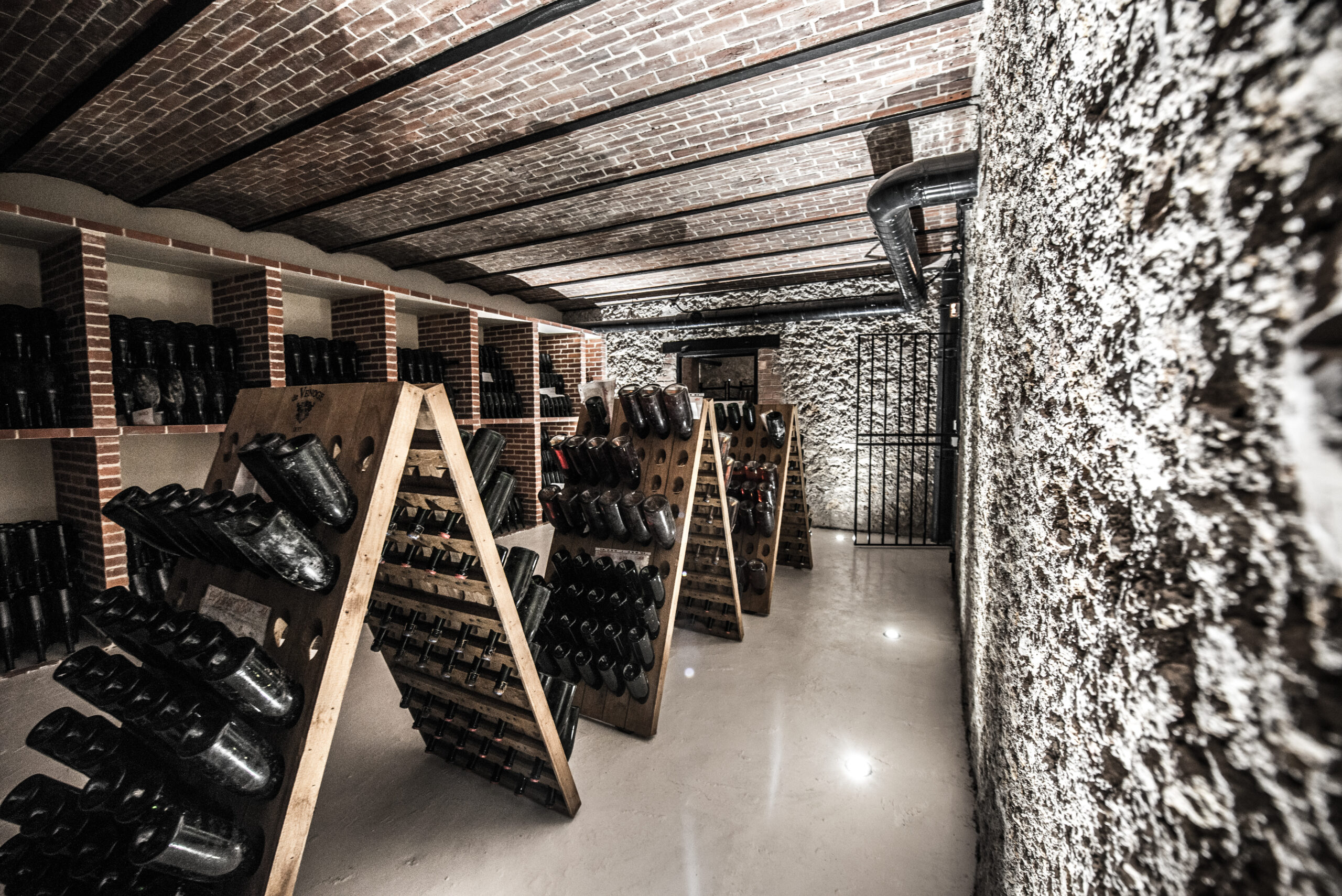
The culture of vintage wines The culture of vintage wines The culture of vintage wines
Since 1837 Since 1837 Since 1837 Since 1837
Isabelle Tellier

The cellar master of the house
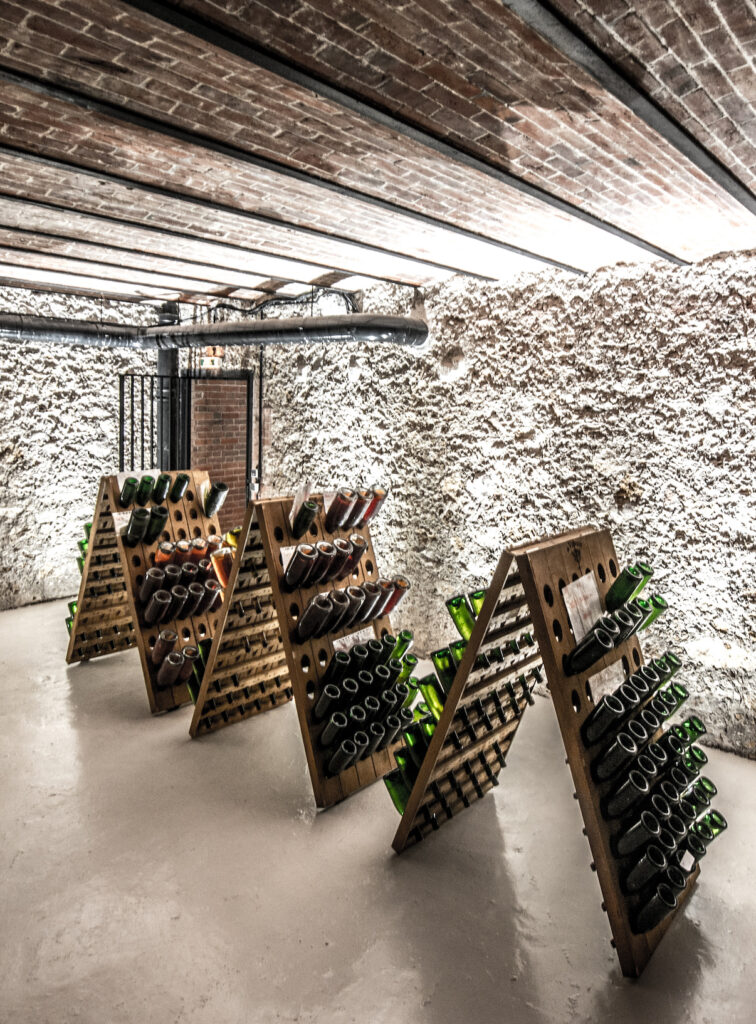
The continuity of the style of De Venoge Champagne is ensured by Isabelle Tellier, the cellar master of the house. A native of Laon in the Aisne region, she is a graduate oenologist from the University of Reims, with over thirty years of experience in champagne production, allowing her to establish high-quality standards for the signature De Venoge cuvées: sourcing from the best vineyards, low dosages, using only the first press, and long aging times.
Her expertise enables her to express all the facets of the three great Champagne grape varieties (Chardonnay, Pinot Noir, and Pinot Meunier) and the great terroirs of Premier and Grand Crus – Trépail, Le Mesnil-sur-Oger, Montagne de Reims, Les Riceys… A palette that constitutes the balance point of the house’s champagnes, between intensity and elegance.
The other great specificity of De Venoge Champagne is its extraordinary wine library, preciously preserved in its cellars, making it one of the rare houses to offer great wine enthusiasts an incredible collection of vintage wines (dating back to 1970). Disgorgement is done upon request, and subject to a 4 to 8-week delay.
- Since 2002Gilles de la BassetièrePrésident
